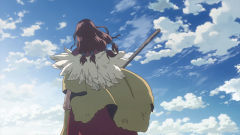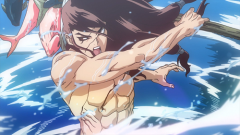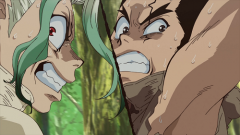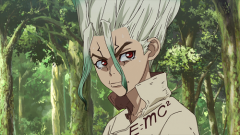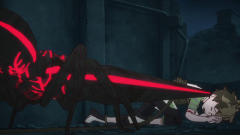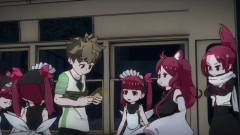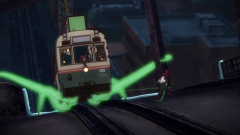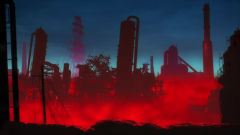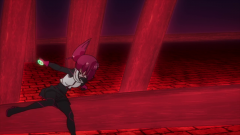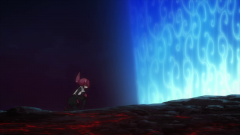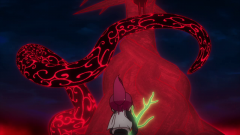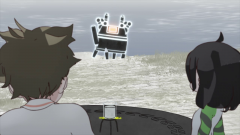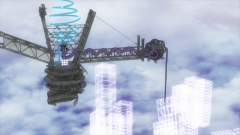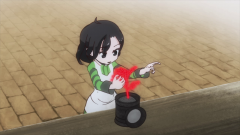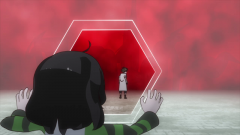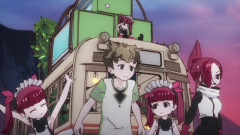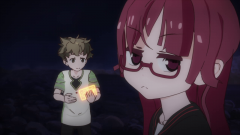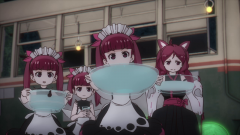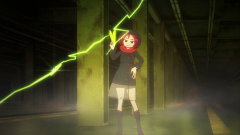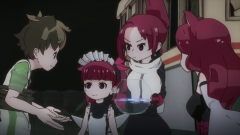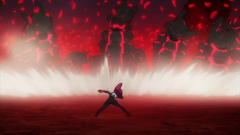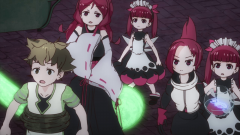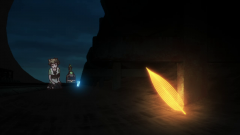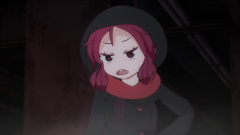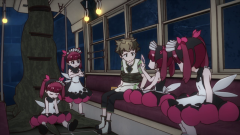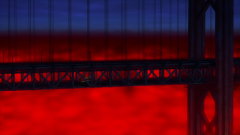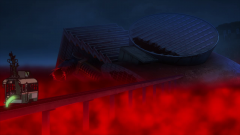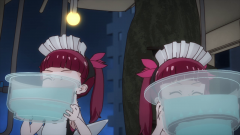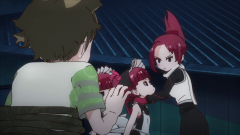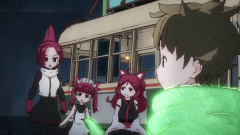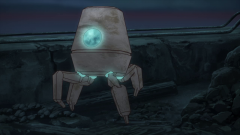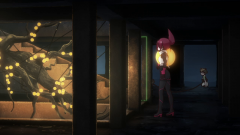Kemurikusa is your very definition of an overlooked gem, one that never really gain much discussion anywhere, but one that has a distinctive style from an up-and-coming auteur who has full control of his projects. Coming to Kemurikusa, all the attention it has came from the fact that it is created by TATSUKI, a mastermind behind global surprise hit Kemono Friends, in a season where the actual sequel of Kemono Friend also aired. While at the end Kemurikusa would never achieve the crossover status TATSUKI’s previous anime had reached, in an essence Kemurikusa is his more personal, more ambitious and overall a better one. It was his indie project back in 2012 for one thing, and throughout these years he consistently released short OVAs that help fleshing out the world. Kemurikusa’s style is so distinctive that it brings a fair share of goodies and baddies. Naysayers often point out the clunky level of CG animation style, but for me the production values look rather impressive.
It’s no wonder that with the amount of attention to details TATSUKI has over this project, the intriguing post-apocalyptic world building remains its biggest selling point. The Kemurikusa concept, about artificial energy and its variations based on the colour concept are highly-detailed, and add up to the mysteries of this world. It helps that we start through the point of view of Wakaba and the Kemurikusa girls, and they are as clueless as the audiences. Watching all the secrets unfold is like letting the worldbuilding sink in more and more. Episode 11, in particular, is a one big flashback that not only explains the current events, but also helps exploring the richness of the world that for me rank it amongst the most well-written settings in anime in years. In addition, the show successfully delves into the origin of Kemurikusa girls and their attributes with satisfying explanations that help deepening its concept.
Production-wise, Kemurikusa is unique. It’s something that you don’t see very often in this medium, if at all, in both good and bad ways. On the negative spectrum, viewers who isn’t familiar with this CG style might pass it off as unpolished and amateurish. While I can argue otherwise, it remains true that whenever Kemurikusa depicts the “impact”, it doesn’t successfully land the force/gravity of the objects. There’s one sequence in episode 7 when Kemurikusa falling objects but it feels as if they are floating instead. In addition, the CG animation can be jerky at times. What it lacks for these production inefficiencies, it more than makes up by its attention to details to the backgrounds, the strong use of color palette and the score/soundtrack. There’s always little details or info in the world-building to the point you can see every bit in its world is there for a reason and it can be satisfied to catch on multiple watches. Kemurikusa also has a strong penchant for bathing its world with strong blue tone mix with red mist. The result is a world with strong personality that says so much about the show itself. Lastly, the score remains solid throughout. It isn’t flashy by any mean, but it fits very well to the tone of this world.
The characters are mixed-bag. While they have very clear set of goals with established personalities (it says a lot that with limited screen-time the Kemurikusa sisters still manage to leave their marks) and at the end I legitly care for all of them, the dialogues in particular can be grating at times. Wakaba is super-annoying at the start that he was a turn-off point for many viewers, but he gets better as Kemurikusa goes. At heart, Kemurikusa is an adventure show with a keen sense of hopelessness. The world is in total destruction. Everywhere the girls go, the are red bugs that cause further damage. There’s absolutely no signs of life at all. It is then fitting that Rin has to say goodbye to the sisters in order to reach the final destination. Well, TATSUKI’s aesthetic isn’t for everyone and can take some time to get used to, but there’s no denying that his works have their own charms and the world he created here is simply impressive.

